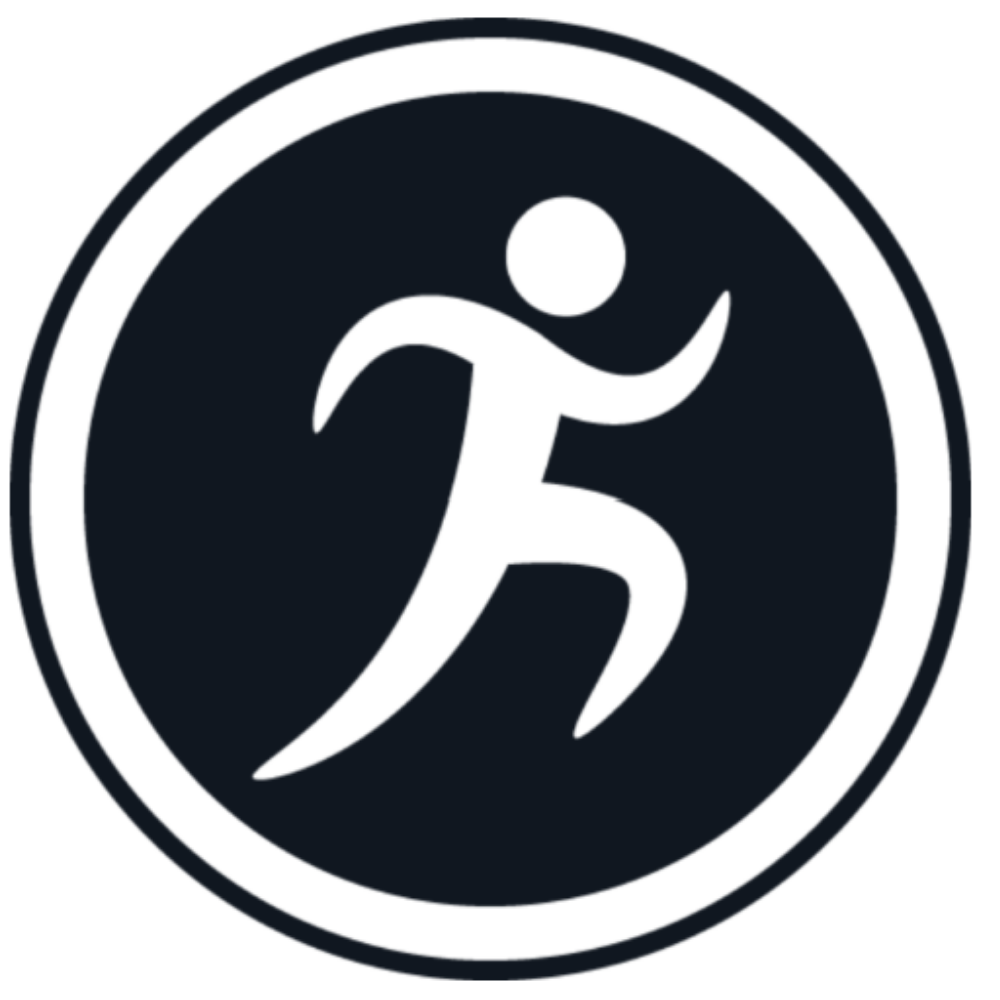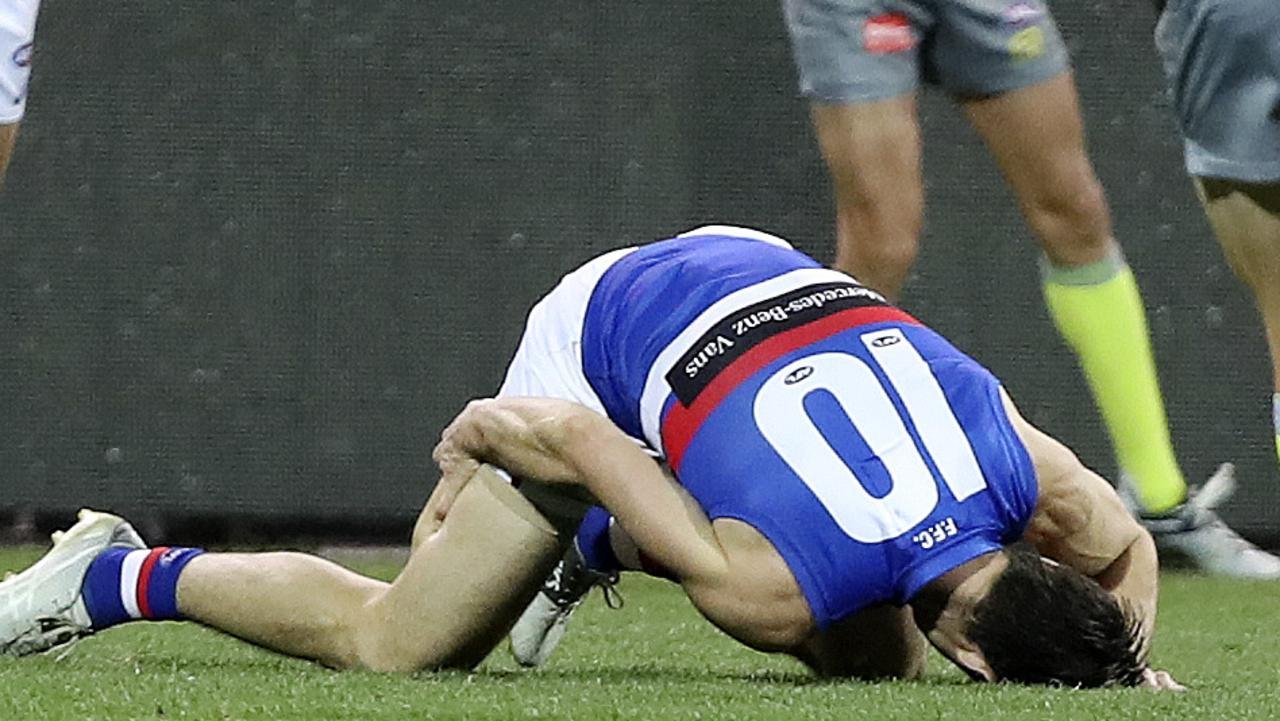Hamstring Injuries in Footy: How to Prevent & Recover Faster
Hamstring injuries are a nightmare for footy players. One moment, you're sprinting down the field, and the next, you're clutching the back of your leg in pain. If you've ever done your hammy, you know how frustrating it is. The good news? You can do plenty to prevent it from happening again and recover faster if it does. Let's get into it!
What is a Hamstring Injury?
Your hamstrings are the muscles at the back of your thigh. They help you bend your knee and straighten your hip. In footy, they work overtime when you're sprinting, kicking, and changing direction. If you stretch them too far or put too much force through them, they can tear. That’s what we call a hamstring strain.
Hamstring injuries come in different levels:
Grade 1: A mild strain with a bit of tightness or discomfort.
Grade 2: A partial tear, causing pain and weakness.
Grade 3: A complete tear, meaning serious pain, swelling, and trouble walking.
If you feel a sharp pain in the back of your leg during a game, stop playing. Trying to push through will only make things worse. Instead, book in with a physio to get the right advice on your recovery.
How to Prevent Hamstring Injuries
Hamstring injuries are common in footy, but they don’t have to be. Here are some ways to protect your legs and keep yourself on the field.
1. Strengthen Your Hamstrings
Stronger hamstrings handle the stress of footy better.
The Nordic hamstring curl is one of the best exercises to prevent injuries.
To do it:
Kneel on a soft surface.
Get a mate to hold your ankles.
Slowly lower yourself forward, keeping your body straight.
Use your hands to catch yourself and push back up.
Doing this a few times a week can seriously lower your injury risk.
2. Warm Up Properly
You wouldn’t start a game without warming up, right?
A good warm-up prepares your muscles and reduces injury risk.
Include:
Light jogging to get the blood flowing.
Dynamic stretches like leg swings and high knees.
Activation exercises like glute bridges to wake up your muscles.
3. Improve Your Running Mechanics
Poor running form puts extra strain on your hamstrings. If you’re over-striding (taking big, heavy steps), you’re at risk.
A physio can assess your running technique and help you move more efficiently.
4. Don’t Forget Recovery
Recovery is just as important as training. If your legs feel tight and sore after footy, your hamstrings might not be ready for another hard session. Good recovery includes:
Foam rolling to loosen up muscles.
Stretching after training.
Proper hydration and nutrition to keep muscles healthy.
Getting enough sleep so your body can repair itself.
How to Recover Faster from a Hamstring Injury
If you've done your hammy, don’t rush back too soon. A second injury can put you out for even longer.
Here’s what you need to do:
1. Rest and Ice (First 48 Hours)
Straight after injury, follow the RICE method:
Rest: Avoid running or stretching the hamstring.
Ice: Apply ice for 15-20 minutes every couple of hours.
Compression: Use a bandage to reduce swelling.
Elevation: Keep your leg up when possible.
2. Gentle Movement (After 48 Hours)
Once the initial pain settles, start moving gently. Avoid sprinting or kicking too soon. Simple exercises like heel slides and bridges can help keep your leg moving without straining it.
3. Strength Rehab (Weeks 1-4+)
Rebuilding hamstring strength is crucial. Exercises like single-leg deadlifts and Nordic curls should be introduced gradually. Don’t guess—get a physio to guide your rehab plan.
4. Return to Footy (4+ Weeks)
Don’t jump straight back into a game. Start with light jogging, then progress to sprinting and kicking. A physio can help test your hamstring’s strength to make sure it’s ready.
Final Thoughts
Hamstring injuries are painful, frustrating, and common in footy. But with the right prevention strategies and a smart rehab plan, you can keep your hamstrings strong and avoid long spells on the sidelines. If you’ve had a hamstring injury or want to prevent one, book in with a physio and get a plan tailored to you.
Need help with your hamstrings? Book an appointment at Niche Physiotherapy and get back on the field stronger than before!

